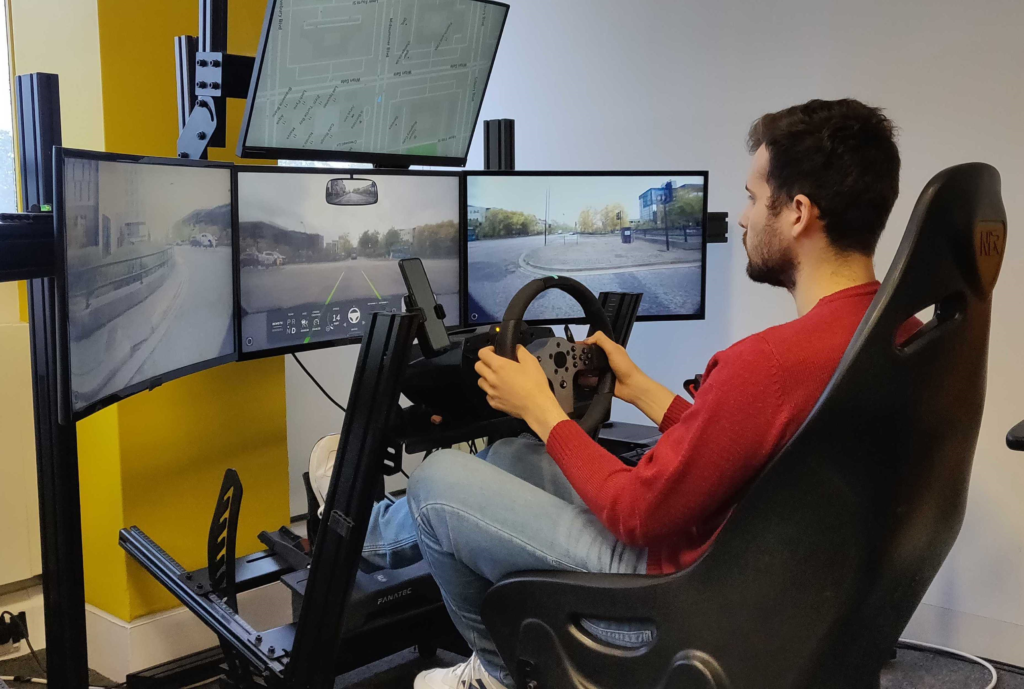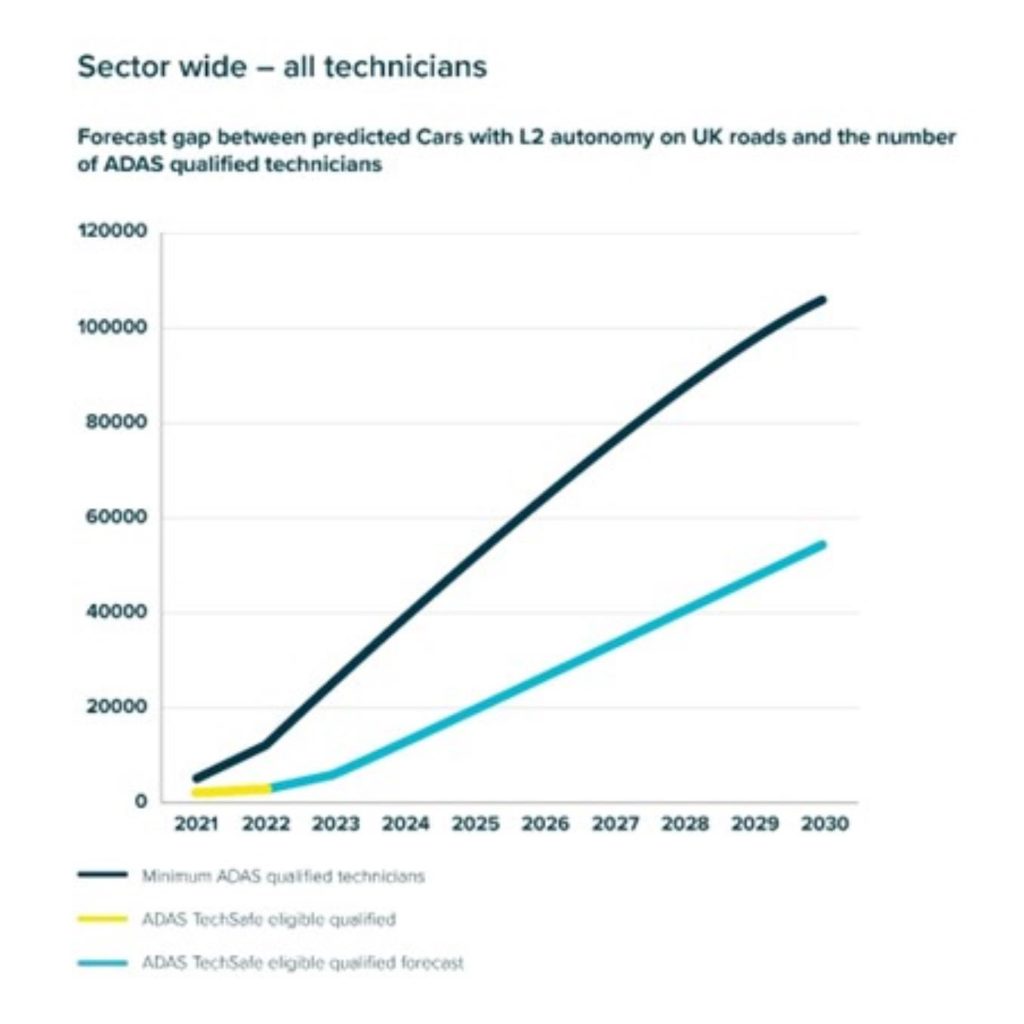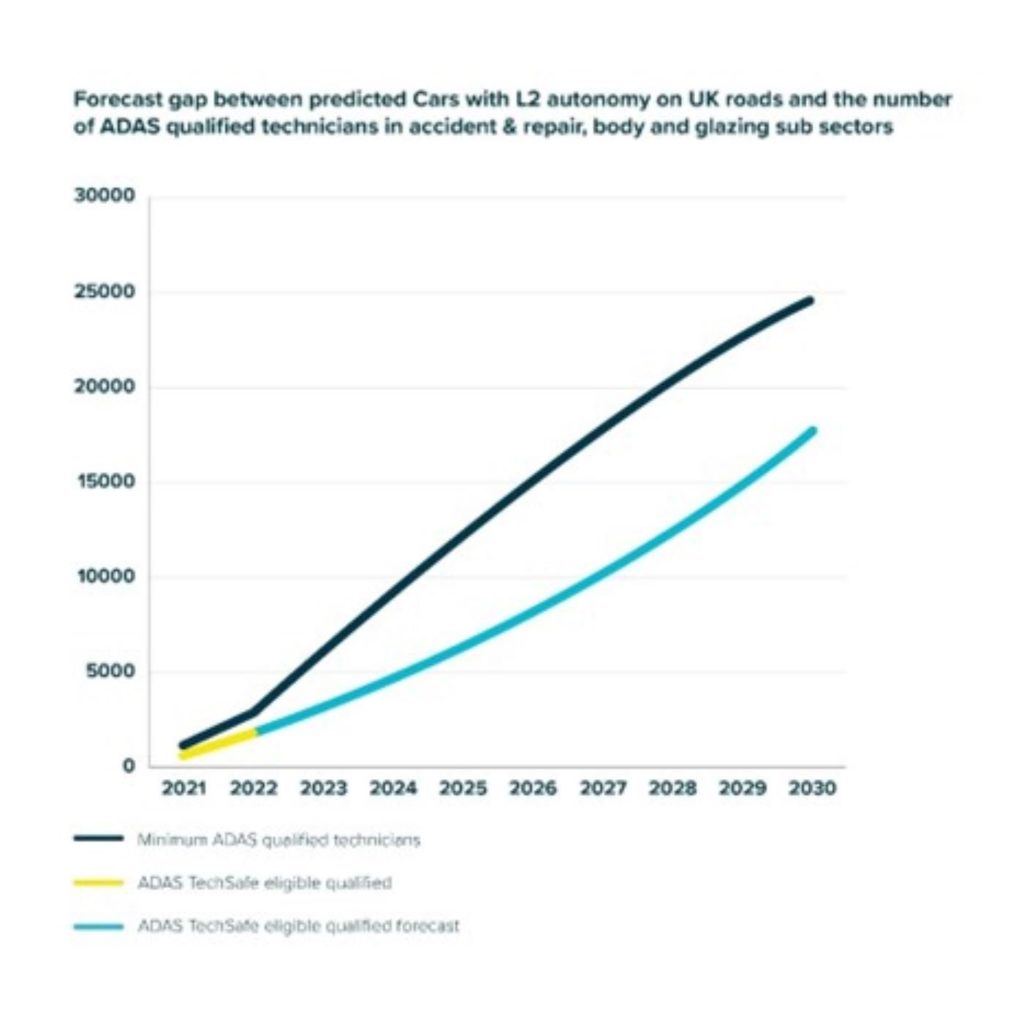Tuesday, 18. July 2023
Graham Hill Note: You will read in the report below that large numbers of drivers are reporting ‘broken’ chargers but it would seem that not all ‘broken’ chargers are actually broken. It would seem that many reports of chargers that are broken are actually issues with paying for the charge. There are around 40 different chargers available with most having their own payment method.
Whilst the law has changed forcing the charger manufacturers to take contactless debit and credit cards very few current chargers are able to accept them as the law wasn’t applied retrospectively. The charger providers also encourage their own payment method by providing lower rates if you use their app to pay.
Unfortunately, as many have found, it isn’t the charger that’s broken it’s the inability to pay. This is something that is being worked on and will improve in time. There is what is known as an RFID card (Radio Frequency Identity Card) which goes a step towards universal payment but whilst you can use the card on a large number of chargers you have to set up the app or website for each network.
The answer would be to set up an app for use across all networks with central payment and on-charger contactless payments but that would need the government to get involved. Unfortunately, they are being guided by the wrong people.
On to the piece:
Half of UK electric vehicle (EV) drivers encounter a broken public charge point when they arrive hoping to charge 25% of the time, new research suggests.
The YouGov survey, commissioned by Ctek, found that charge points were faulty for at least one-in-four charging attempts on the public network.
EV drivers who encounter faulty charge points most often do so at destinations such as shopping centres and leisure venues (30%), in public car parks (21%), on motorways and major highways (16%) and near their home (12%).
Furthermore, the survey suggested that more than half (52%) of UK EV drivers have to wait to use a public charger, with delays reported for one in every four visits. Some 8% said that they never have to queue.
Queues were most often found at destinations such as shopping centres and leisure venues (33%), in public car parks (19%), on motorways and major highways (17%) and near their home (10%).
The survey also found UK EV drivers want simpler ways to pay for public charging. Almost one in four (23%) have five or more EV charging apps on their phone and one in three (34%) have three or more RFID tags or cards.
Instead, EV drivers said their top three ways to pay would be: one app for all charge points, known as e-roaming (the preferred choice for 19%); ‘plug & charge’ (19%), the ISO15118 standard where the car and the charge point communicate automatically with payment taken from the account linked to the EV’s owner; and tapping a bank card (17%).
When asked where they would like to charge, 62% of UK EV drivers said at home. Three out of 10 EV drivers (30%) said they would like to charge on the highway, 21% at a destination and 20% said at work (up from 11% in 2022).
Cecilia Routledge, CTEK’s global director for energy and facilities, said: “The UK charging sector and national and local government need to work harder on expanding and maintaining the charging infrastructure to reduce the frequency of broken chargers and queueing.
“If EV ownership expands in line with our survey results there must be many more additional opportunities to charge at destinations, workplaces, car parks and on highways. And they must work and the charging be easier to pay for.”
New charge point regulations
The Government has published new regulations for public charge points, including a reliability standard of 99% for rapid chargers.
The new rules, outlined in the Public Charge Point Regulations 2023, aim to improve the charging experience for EV drivers.
Better reliability, clearer pricing, easier payments and open data, which could transform the mapping and ease of planning journeys, are all prioritised.
All chargers over 8kW (not slow chargers/lamppost chargers) will have to have contactless payments within the next year.
In terms of data, the Government says that all public chargers will have to provide real-time information on their status for free, which will benefit mapping tools.
Charge point operators (CPOs) will also be required to be transparent about their pricing, have roaming deals with third parties within two years and ensure that all chargers have 24/7 helplines.
Crucial to building public confidence will be the reliability of the charging network, with the new rules mandating a 99% reliability rate over a CPO’s network.
Drivers enthusiastic to make the switch
The YouGov survey, nevertheless, suggests drivers are keen to switch to electrified vehicles in big numbers, with almost one in four people (24%) saying their next vehicle will be a fully electric or a plug-in hybrid electric vehicle (PHEV).
The latest sales figures, from the Society of Motor Manufacturers and Traders (SMMT), showed a similar proportion (25.1%) of the new car market in June, was either a PHEV or a battery electric vehicle (BEV).
However, it is significantly less than almost two-thirds (60%) of drivers who told Lex Autolease that they will move away from petrol and diesel vehicles and opt for battery technology when choosing their next car, with two-fifths (40%) set to choose a full EV.
Ctek’s research suggests that more than seven out of ten (71%) current EV owners intend to buy a BEV or PHEV again, while 50% of current petrol and diesel drivers plan to stick with an internal combustion engine (ICE) car.
Factors that would make non-EV owners more likely to buy an EV include more highway chargers (cited by 54%), destination charging (49%), public charging in their neighbourhood (45%) and a charging unit at home (43%). Half (50%) of working non-EV drivers said workplace charging options would make them more likely to purchase an EV.
When asked to choose some factors that would encourage future EV purchases, lower car prices were the top choice by current ICE drivers, with more than half (59%) saying a lower purchase price would help.
Routledge said: “Our annual YouGov survey shows a strong demand from both existing EV owners and ICE drivers to buy electric as their next vehicle – both new and used.” By Graham Hill thanks to Fleet News
Share My Blogs With Others:
These icons link to social bookmarking sites where readers can share and discover new web pages.

























